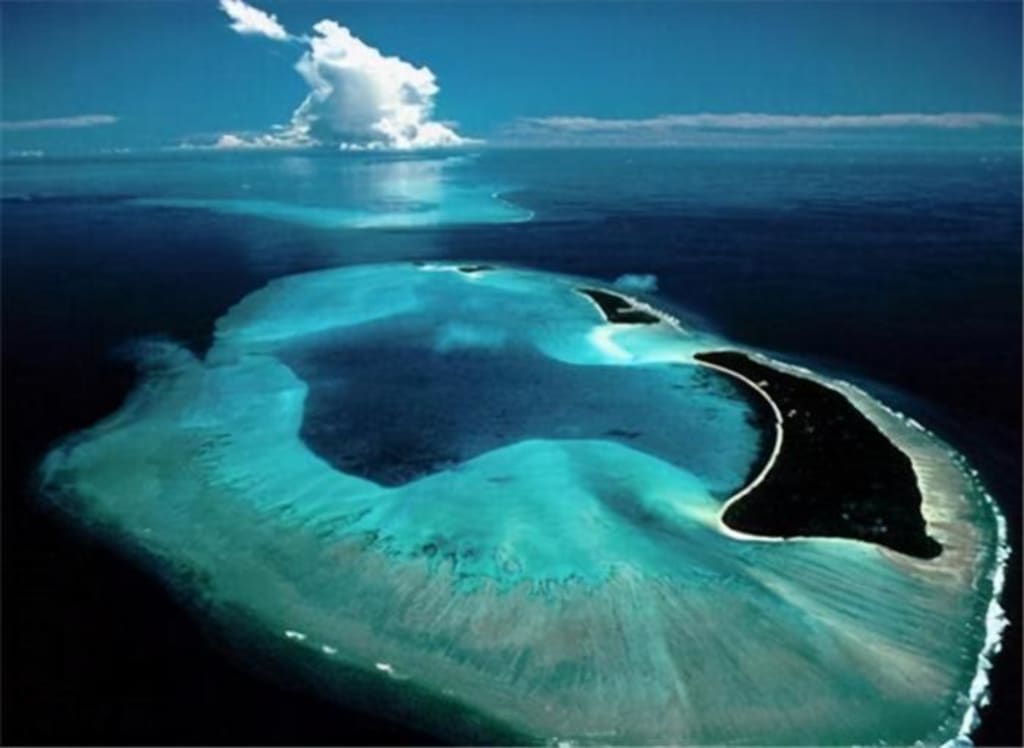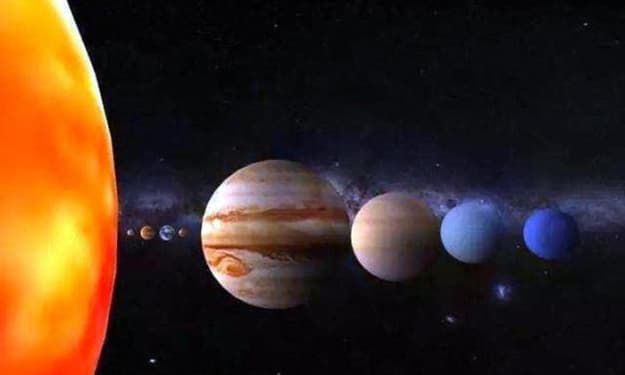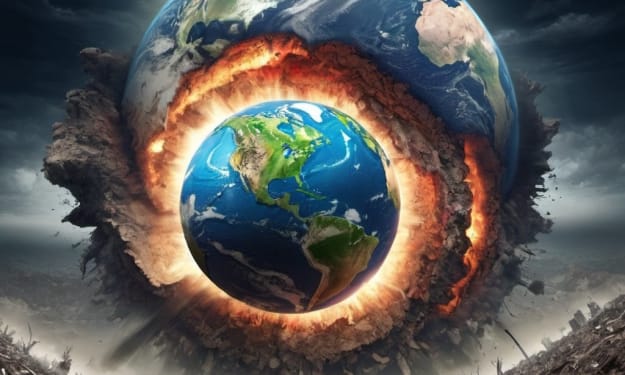Foreign "sea cemetery": the transparency is as high as 72 meters, there is no plankton, but no boat dares to approach
Foreign "sea graveyards"

In the long history, the sea has always occupied an indispensable position. The common people living near the sea rely on the sea for food and life. At this time, the sea has become a tool to maintain their lives. In the writings of poets who have left their homes, the sea has become a carrier of homesickness. Poets praise and lament the majestic and majestic verses of the sea, which are as numerous as the stars in the sky. Today, the sea is also the first choice for people's holidays.
The sea is very vast and magnificent, the blue sea is boundless. But in fact, the sea is far more dangerous than it looks, and there are countless undercurrents lurking under the calm sea level. The world thousands of meters under the sea is also a world that people have not fully explored. On the earth, more than 70% are composed of sea water, and only 30% are land. The sea also gave birth to a variety of species full of meanings of life, such as beluga whales swimming freely, dazzling coral groups... The world of the sea can always bring surprises to people.
1. Columbus discovered the Sargasso Sea
In Europe in the fifteenth century, the great development of production technology also prompted capitalist merchants to accumulate more primitive capital through sailing. Columbus once accepted the Queen's will to explore and trade in the fabled east where gold is everywhere. But the journey of sailing is not all smooth sailing, sometimes windy and rainy, rough waves. Columbus and his nautical team encountered a sea area called the "sea graveyard" in the Sargasso Sea during this voyage route.
When we first set sail, the sea was calm. Columbus looked at the blue sea and imagined what kind of prosperity and honor he would enjoy when he arrived in the East, and how the king and queen would receive him when he returned to this land. Just as Columbus was fantasizing, a crew member suddenly panicked and reported to Columbus that something didn't seem right. Columbus picked up the telescope and looked at the sea not far away, and he couldn't help but be surprised.
I saw that the sea surface was densely covered with black algae, which fluctuated with the sea water. Although the sea looked deadly calm, it was inexplicably tingling. Although Columbus was furious, he still didn't take it seriously. He thought that maybe this sea just looked a little scary, but in fact it was nothing at all. But the next three weeks proved that Columbus' prediction was wrong.
2. The sea full of danger
Columbus was exhausted physically and mentally as the three ships passed through the waters. When he was finally able to leave the sea, Columbus gnashed his teeth and named the sea "Salgacha". "Salgacha" is Portuguese, which means flooded sea. From this name, we can know that Columbus suffered a lot here. This bluff-looking sea has left a deep impression on every ship passing by after many years, and some people have even lost their lives here. Therefore, this sea area is also called "sea graveyard" by later generations.
In fact, this sea area has its own name, which is the Sargasso Sea. Located in the Atlantic Ocean, the Sargasso Sea made a terrifying word of mouth not long after sailing adventures became popular. However, this place has become a tourist destination for the rich, and there are also travel recommendations in many travel magazines.
From the photos of the Sargasso Sea searched, people can see that the sea water of the Sargasso Sea is crystal clear, the water quality is very clean, and the transparency is as high as 72 meters. In the photo, the boat parked on the water seems to be suspended in mid-air, and the whole picture is like a fairyland on earth. But in fact, this is not the real Sargasso Sea, this is just a photo of the adjacent waters. Although there are many fascinating legends in the Sargasso Sea, no boat dares to approach. If it is not a professional team, other ships will not easily pass through this sea.
According to historical records, during World War II, a British army had to pass through this sea area. According to the major who later escaped, there was no wind in that sea area, and the seaweed on the sea gave off a sticky and hot stench. From time to time, you could see shipwrecks or human corpses. This scene was very frightening. What's even more frightening is that those seaweeds are like living things. When people put their hands in, they can't pull them out, and they leave blood marks on their hands when they are pulled out. At night, these seaweeds can even climb on the boat, making it impossible to move forward at all, and the crew can only try their best to finally escape.
3. Uncover the secrets of this sea area
With all these legends spreading, someone finally dared to take the first step to explore the secrets of the Sargasso Sea. In 1925, a doctor entered the Sargasso Sea fully armed and stayed in this sea area for more than six months. The countless specimens and information collected provided a powerful help for mankind to unravel its mysterious veil.
After years of painstaking research, people finally know the reality behind it. That is all about the algae of the Sargasso Sea and geographical factors. From the map, the Sargasso Sea is located in the center of the circulation, the seawater flows very slowly, and the seaweed has an adsorption effect, so it seems that in this sea area, the ship will stop moving forward. It is also because of the influence of the circulation that there is almost no plankton in this sea area, and the seaweed grows wildly and successfully occupies the entire sea area.
Epilogue
The Sargasso Sea, where the truth was revealed, has also been given a new name, which is "the sea in the ocean". Because this is one of the few seas where seaweeds are used to define the sea area, if the seaweed decoration is lost, then this sea is an ordinary sea. Seaweed also makes it a unique and bright pearl in the sea, shining with different brilliance.
About the Creator
sondra mallen
Share a little bit of science every day






Comments
There are no comments for this story
Be the first to respond and start the conversation.